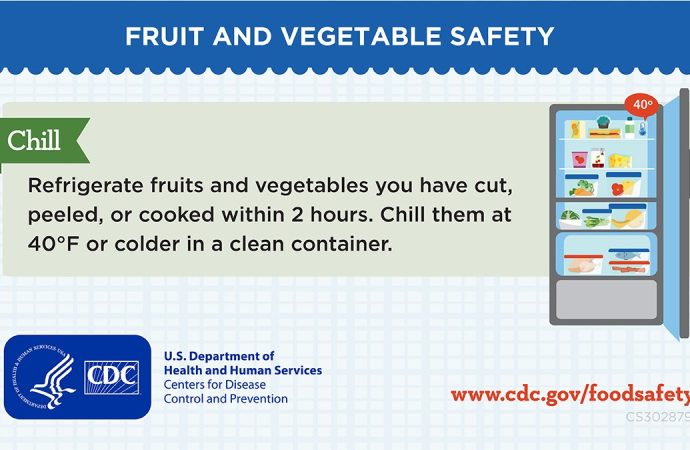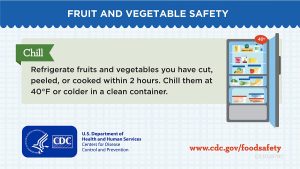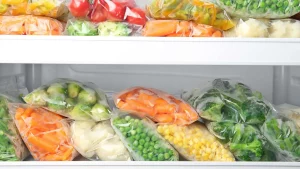Proper rotation and inventory management of vegetables in your kitchen is essential for minimizing waste and ensuring that you use the oldest items first. This not only helps reduce food waste but also maintains the freshness of your produce. In this article, we will suggest ways to keep track of your vegetable inventory effectively. 1.
Proper rotation and inventory management of vegetables in your kitchen is essential for minimizing waste and ensuring that you use the oldest items first. This not only helps reduce food waste but also maintains the freshness of your produce. In this article, we will suggest ways to keep track of your vegetable inventory effectively.
1. First-In, First-Out (FIFO) Method
The FIFO method is a simple and effective way to ensure you use the oldest vegetables first. Here’s how it works:
- When you acquire new vegetables, place them behind the existing ones in your storage area. This way, the older items are in the front and will be used first.
- Whenever you need vegetables, take them from the front of the storage area, ensuring that you are using the oldest ones in your inventory.
https://pbs.twimg.com/media/Fx4YTAVWwAAGvVe.jpg
2. Inventory Tracking System
Consider setting up a simple inventory tracking system to keep track of your vegetable inventory. This can be as low-tech as a notepad or as high-tech as a spreadsheet or inventory management app. Here’s how to get started:
- Create a list of the vegetables you commonly use in your kitchen.
- Each time you purchase or use a vegetable, update your inventory list. Note the quantity, date of acquisition, and the source.
- Regularly review your inventory list to identify older items that should be used soon. Plan your meals accordingly to incorporate these vegetables.
3. Storage Organization
Efficient storage organization can significantly aid in vegetable inventory management. Here are some tips:
- Use clear containers or bins to store vegetables. This allows you to see what’s inside without rummaging through the fridge or pantry.
- Label containers or shelves with the purchase or storage date to make it easy to identify which items are older.
- Keep different types of vegetables separate to prevent cross-contamination and to make it easier to locate specific items.
4. Meal Planning
Meal planning is a valuable tool for managing your vegetable inventory:
- Plan your meals based on the vegetables you have in stock. This ensures that you use up older items before they spoil.
- Create a weekly meal plan that outlines which vegetables you will use for each meal.
- Be flexible in your meal planning. If you have vegetables that are nearing their expiration date, adjust your meals to include them.
5. Regular Inventory Review
Make it a habit to review your vegetable inventory regularly:
- Set a specific day of the week for inventory review, such as Sunday, before your weekly grocery shopping trip.
- Check for items that are approaching their use-by dates and prioritize using them.
- Rotate items in your storage areas to ensure older items are accessible.
6. Freeze or Preserve Excess Vegetables
If you have more vegetables than you can use before they expire, consider freezing or preserving them:
- Blanch and freeze vegetables like peas, beans, or carrots for later use.
- Make pickles or preserves with excess cucumbers or peppers.
- Consider making vegetable soups, stews, or sauces and freeze them for later use.
7. Donation or Composting
If you find yourself with vegetables that you can’t use before they spoil, consider other options:
- Donate excess vegetables to local food banks or shelters to reduce food waste and help those in need.
- Compost any vegetable scraps or spoiled items to contribute to soil enrichment.
https://www.lifesavvy.com/p/uploads/2019/09/ac05cf81.jpg
By implementing these strategies, you can effectively manage your vegetable inventory, reduce waste, and ensure that you use the oldest items first, maintaining the freshness of your produce and saving money in the process.



















Leave a Comment
Your email address will not be published. Required fields are marked with *